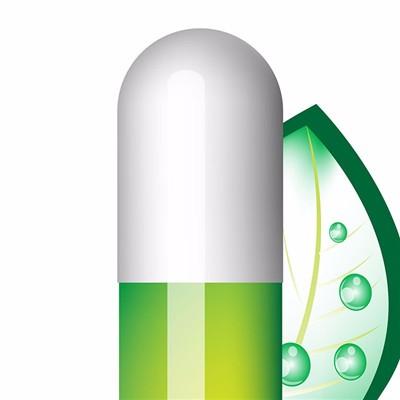What are the causes of tenderness in the femoral triangle?
summary
Tenderness in the femoral triangle refers to the acute onset of iliofemoral thrombophlebitis, which can lead to high fever and general discomfort. Within a few hours, swelling and pain appear in one side of the iliofemoral abdomen and thigh. The skin color is white, even cyanosis, and skin temperature rises. The swelling can go down from the lower abdomen and buttocks to the whole affected limb. There is obvious tenderness in the femoral triangle in the inner thigh.
What are the causes of tenderness in the femoral triangle?
The formation factors include: venous stasis, vascular injury and hypercoagulable state. In clinical practice, many factors involved in the above three aspects lead to venous thrombosis objectively. The common ones are as follows: surgery, especially orthopedic surgery, thoracic surgery, abdominal surgery and genitourinary surgery; Tumor; Trauma: especially spine, pelvis and lower limb fracture; Long term bed rest: such as acute myocardial infarction, stroke, after surgery; Pregnancy, the role of estrogen; High coagulation state and so on.
Most of them are caused by long lying, sedentary, postpartum, abdominal or pelvic surgery, trauma and other hind immobilization, stagnation of Qi and blood, or injury of tendons and veins by trauma surgery, resulting in blood stasis blocking the collaterals, blocked veins, blocked blood circulation, overflowing outside the veins and flowing into the lower limbs.
It may also be caused by femoral vein thrombophlebitis, which leads to blood circulation block, pain, skin whitening, skin temperature rising, and your symptoms are very similar. After the onset of blood flow is not smooth, will cause thrombosis, should be actively treated.
matters needing attention
After operation (especially abdominal, pelvic and lower limb surgery) or long-term bedridden patients should raise their lower limbs in bed and do lower limb activities in bed, so as to get out of bed early and promote lower limb blood circulation. During the operation of lower abdomen, pelvis and lower limbs, the blood vessels at the operation site should be protected to avoid the injury of vascular intima. The venous cannulation of lower limbs should not be too long, and the irritant liquid should not be injected through the peripheral vein. After suffering from this disease, we should rest in bed in the first half of the month, the affected limb should be flexed and raised, and we should not do strenuous exercise within one month of onset, so as to prevent the complications such as pulmonary embolism caused by thrombus falling off.












